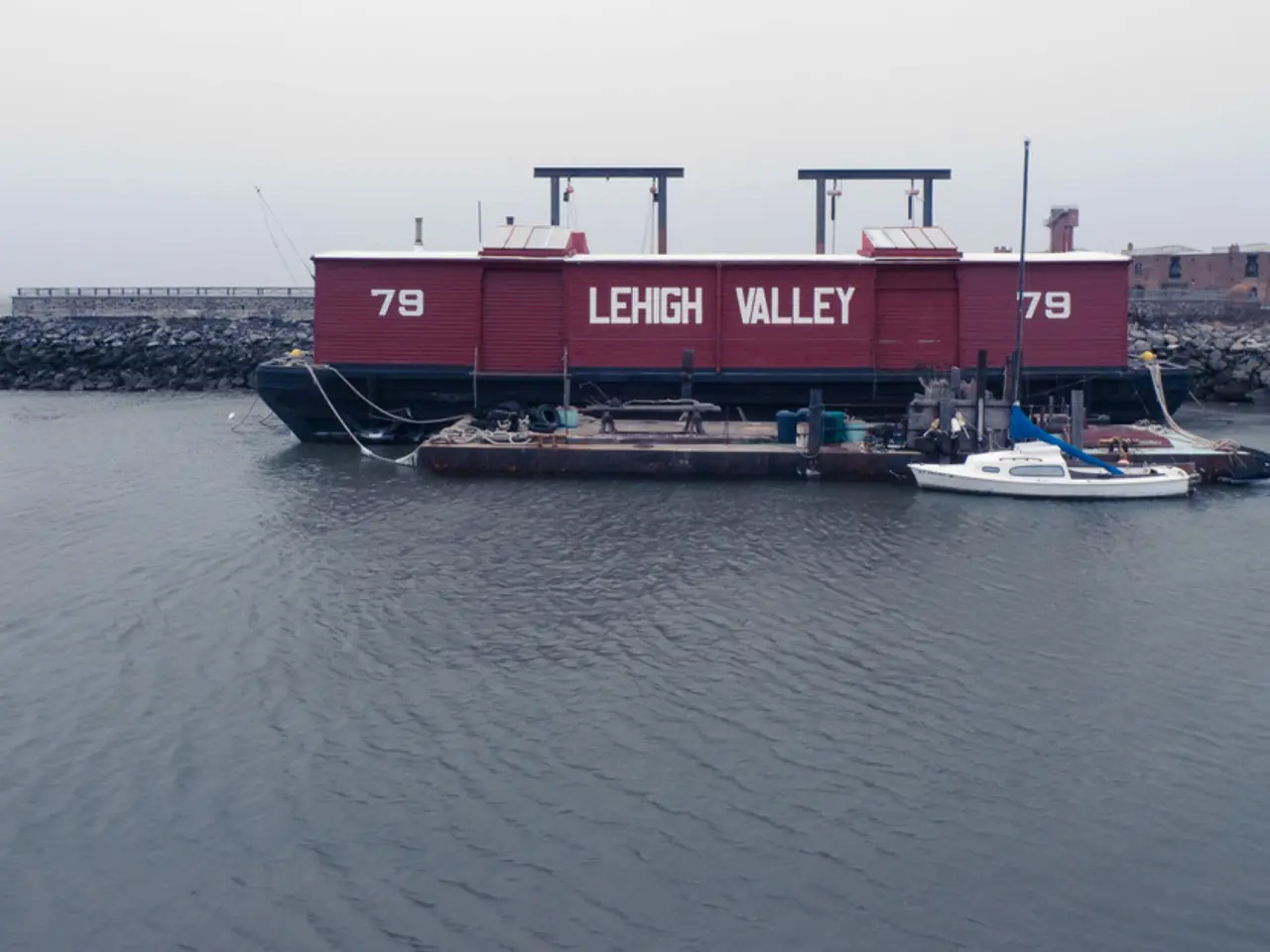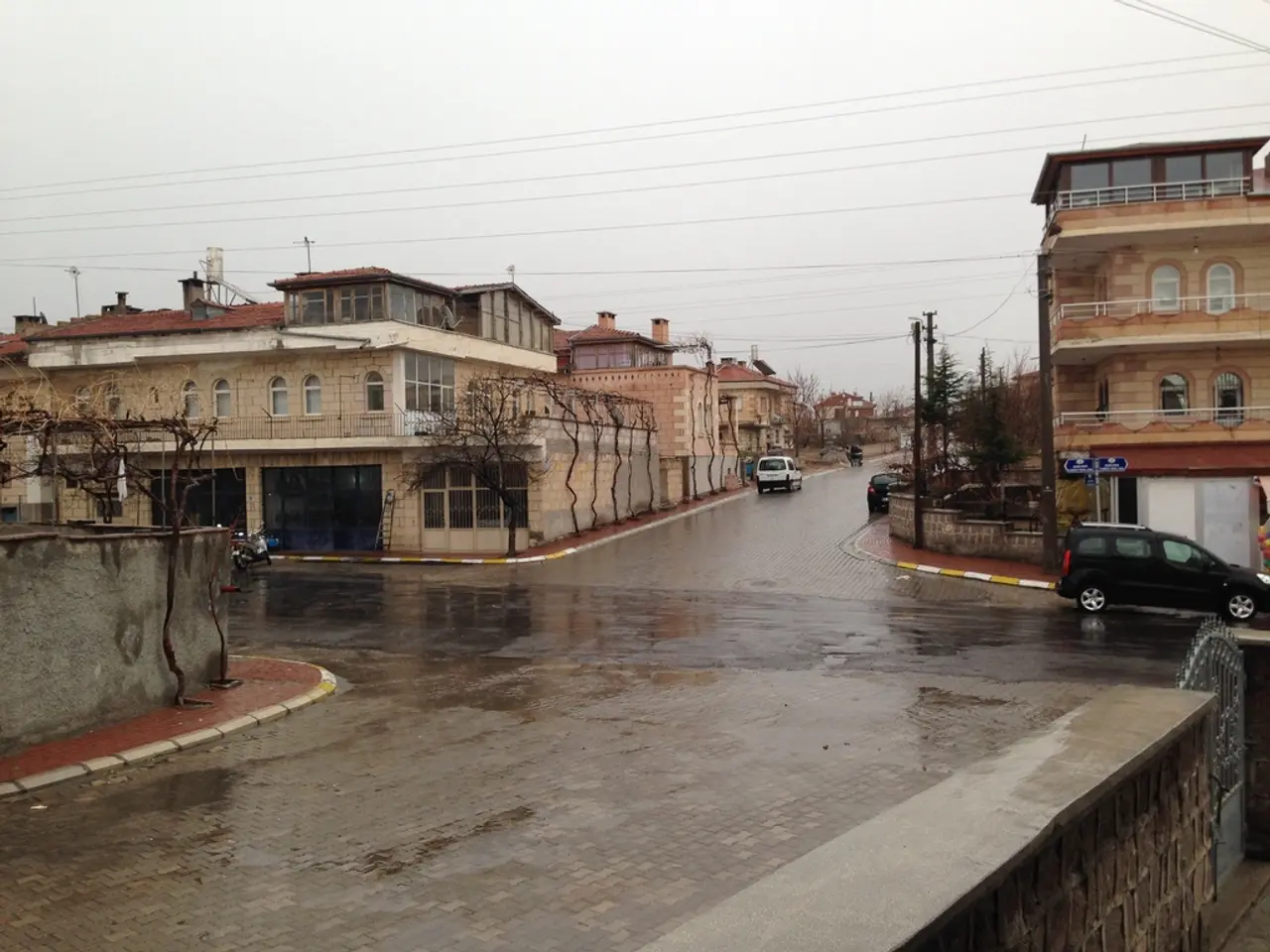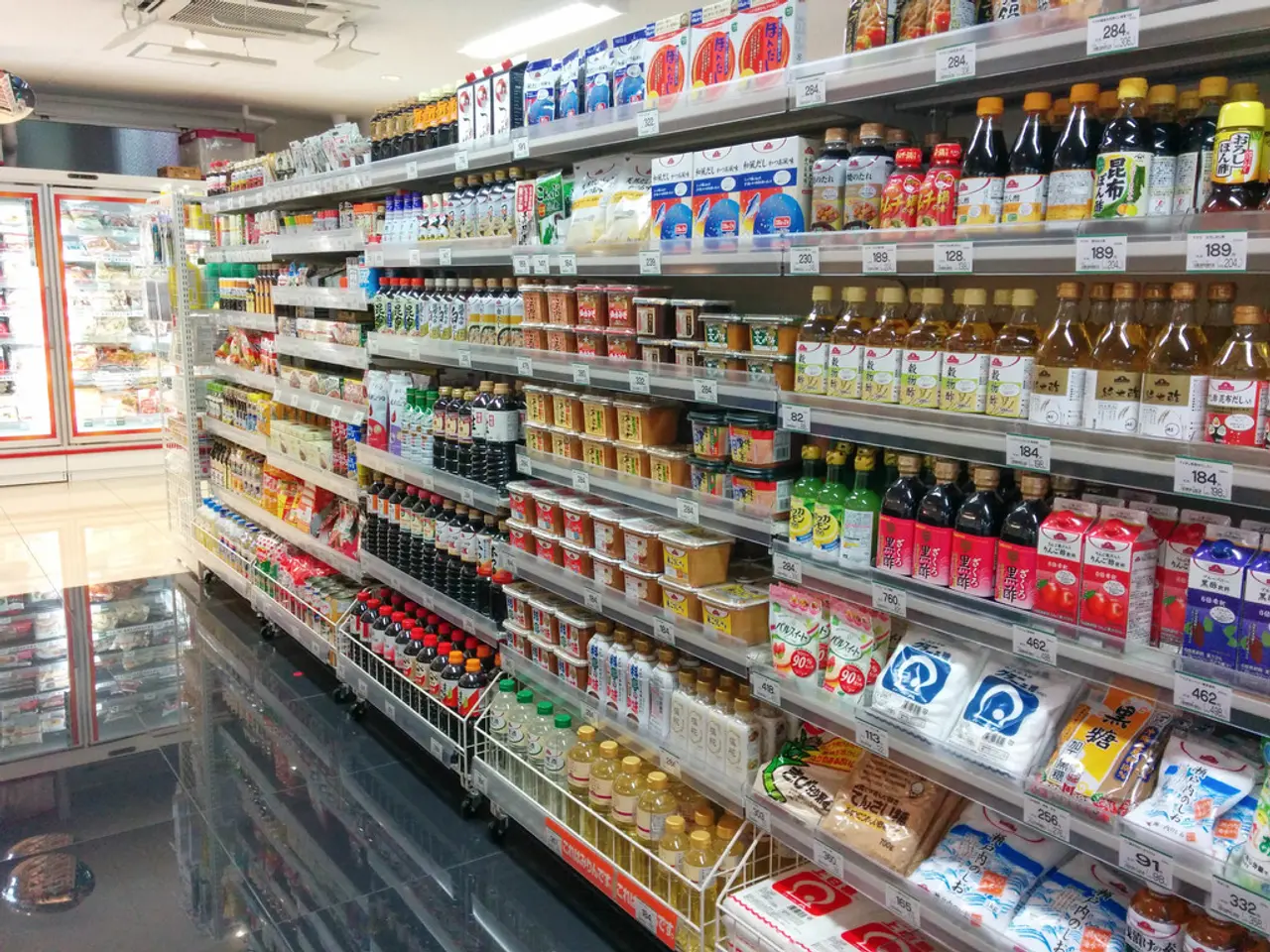Lidar Bathymetry Vertical Analysis
Airborne Light Detection and Ranging (ALB) technology is making waves in the field of nautical chart production, offering a credible and reliable method for mapping shallow water terrain. This technology, which combines laser scanning technology with bathymetric surveying, provides accurate, high-density elevation data of underwater terrain, enhancing navigational safety and operational planning in shallow waters.
The credibility and reliability of ALB are generally high due to its ability to capture detailed, spatially accurate data over large, often difficult-to-survey areas. Modern ALB systems, such as those developed by Hexagon through its CoastalMapper and AHAB sensor technologies, represent state-of-the-art tools for bathymetric surveys, demonstrating improved efficiency and data quality.
The accuracy of LiDAR measurements in general, including bathymetric applications, can be within a few centimeters, supporting its use for detailed and reliable nautical charting. Agencies and companies have integrated ALB survey data to enhance both operational planning and navigation safety, as seen in projects like mapping reservoirs and coastal areas.
However, precise nautical charting also relies on complementary processes, including atmospheric corrections and machine learning to refine the accuracy of such environmental data, particularly for inland or coastal waters where water clarity and atmospheric conditions vary.
A recent evaluation of ALB datasets using hydrographic survey standards prescribed by the Canadian Hydrographic Service (CHS) and International Hydrographic Organization (IHO) has been presented, along with a method for identifying areas of Electronic Nautical Chart (ENC) inadequacy.
In the study area, which includes various environments in Atlantic Canada, such as rocky and sloped seafloor regions from Grand Manan, New Brunswick; and Mahone Bay, Nova Scotia, to consistent flat seafloor composition seen in Pictou, Nova Scotia, the depth differences between Multi-beam Echosounder (MBES) and ALB show over 90% agreement, with most differences within the allowable uncertainty of the First Order Survey Level.
However, uncharted nearshore regions, known as "white ribbon" gaps, persist on nautical charts due to the inaccessibility during a hydrographic survey. ALB technology is emerging as a promising alternative to acoustic-based technologies in mapping coastal regions, filling in these gaps.
Investigation of satellite images in certain areas suggests that dense underwater vegetation may have been a factor affecting ALB penetration in Pictou. An additional finding with the Mahone Bay dataset was visible systematic flight-line patterns in the ALB dataset.
The region outlined by the red boxes in the histograms of Figures 17, 18, and 19 show that a significant percentage of the locations Pictou, Mahone Bay, and Grand Manan, respectively, have depth differences between ALB and ENC larger than the allowable First Order survey level with ALB reporting depths shallower than the ENCs.
These uncharted areas raise a potential risk for mariners to encounter ship accidents with shoals near them. The study concludes that while the credibility and reliability of ALB in nautical chart production require further validation for broad acceptance, it presents a promising solution to filling the "white ribbon" gaps and enhancing navigational safety in shallow waters.
- The study highlights the promise of Airborne Light Detection and Ranging (ALB) technology in filling "white ribbon" gaps, uncharted nearshore regions, during hydrographic surveys, enhancing navigational safety in shallow waters.
- Modern ALB systems, like those developed by Hexagon through CoastalMapper and AHAB sensor technologies, not only provide accurate, high-density elevation data but also demonstrate improved efficiency and data quality, contributing to better nautical charting.
- The fusion of science, environmental-science, and technology, such as ALB, with machine learning and atmospheric corrections, has the potential to further refine the accuracy of nautical charting data, ensuring operational planning and navigational safety in various marine environments.




